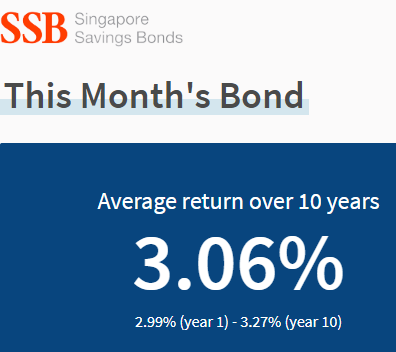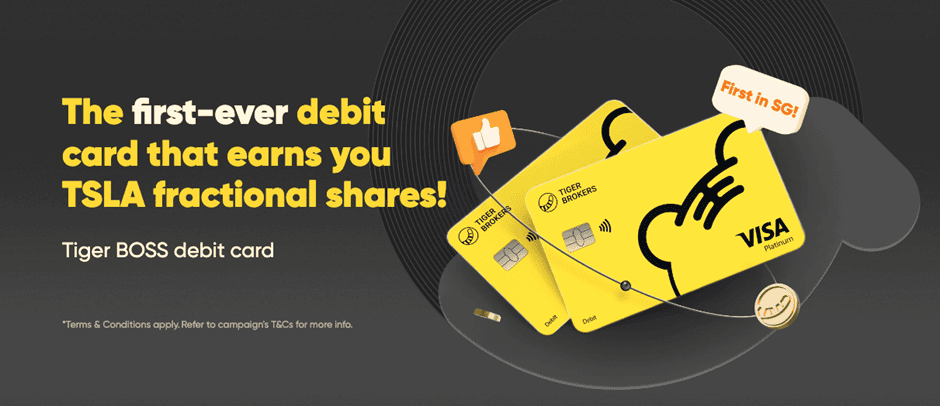 This would lead to the 30 stocks from the Straits Times Index being selected to form our investment universe.
2) Backtest your strategy to confirm it works
The next step is to run a backtest on your investment universe. A backtest is a simulation of our investment strategy using historical data. If the simulation results are poor where the strategy significantly underperformed its benchmark, it confirms that the strategy does not work. In contrast, if the strategy significantly outperforms its benchmark, it gives us confidence that it’s likely to perform well going forward. The backtest also tells us what stocks we should be holding in our portfolio so we know which stocks to buy or sell when we go live with our strategy.
After clicking on the button “Create backtest with screen results”, we will select the type of strategy we would like to simulate. I’m going to use a fundamentals strategy where stocks with the strongest fundamental factors are selected to form the portfolio.
This would lead to the 30 stocks from the Straits Times Index being selected to form our investment universe.
2) Backtest your strategy to confirm it works
The next step is to run a backtest on your investment universe. A backtest is a simulation of our investment strategy using historical data. If the simulation results are poor where the strategy significantly underperformed its benchmark, it confirms that the strategy does not work. In contrast, if the strategy significantly outperforms its benchmark, it gives us confidence that it’s likely to perform well going forward. The backtest also tells us what stocks we should be holding in our portfolio so we know which stocks to buy or sell when we go live with our strategy.
After clicking on the button “Create backtest with screen results”, we will select the type of strategy we would like to simulate. I’m going to use a fundamentals strategy where stocks with the strongest fundamental factors are selected to form the portfolio.
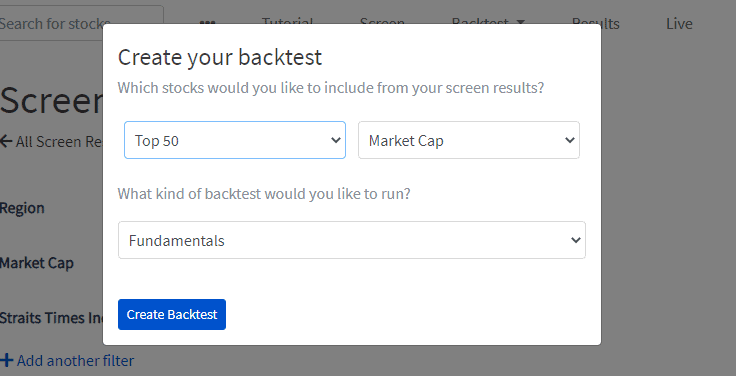 This will lead you to a form to create your fundamentals backtest. The benchmark I selected was the Straits Times Index ETF (ES3.SG).
This will lead you to a form to create your fundamentals backtest. The benchmark I selected was the Straits Times Index ETF (ES3.SG).
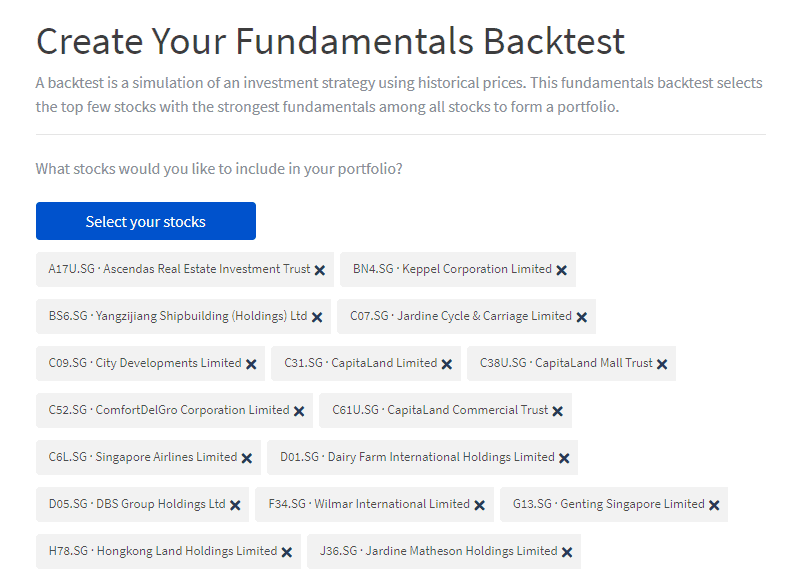 Next, we have to decide which fundamental factors to use to select our stocks.
a. Lowest Price to Earnings Ratio (P/E Ratio) - weighted at 25%
These stocks have a low price compared to their earnings and are trading at a discount. These companies could be undervalued because of the market’s overreaction to bad news in the short run. This allows value investors to buy these stocks at huge discounts and profit when they recover.
b. Highest Free Cash Flow Yield - weighted at 25%
These stocks are able to generate lots of cash flow after re-investing in their capital assets. Businesses with healthy cash flows are very robust and tend to repay their creditors without defaulting and pay dividends to investors.
c. Highest Net Profit Margin - weighted at 25%
These companies are able to generate high income relative to their revenue. These companies tend to have a strong management team that is able to generate profit from their sales and contain their operating costs.
d. Highest Profit Growth - weighted at 25%
These companies have a strong track record of increasing their income. This could mean that the company is expanding and increasing its market share hence making it more profitable. By selecting these stocks, investors are able to profit from the growth of these companies.
You are able to assign weights for each of the factors used to construct the final signal. My chosen fundamental factors are equally weighted at 25%.
Following which we have to decide how many stocks to hold in the portfolio. I decided to hold 10 equally weighted stocks in my portfolio to avoid concentration risks. Every month, the stocks from the Straits Times Index are ranked based on their fundamental factors and the top 10 stocks are selected to form an equal weighted portfolio.
Next, we have to decide which fundamental factors to use to select our stocks.
a. Lowest Price to Earnings Ratio (P/E Ratio) - weighted at 25%
These stocks have a low price compared to their earnings and are trading at a discount. These companies could be undervalued because of the market’s overreaction to bad news in the short run. This allows value investors to buy these stocks at huge discounts and profit when they recover.
b. Highest Free Cash Flow Yield - weighted at 25%
These stocks are able to generate lots of cash flow after re-investing in their capital assets. Businesses with healthy cash flows are very robust and tend to repay their creditors without defaulting and pay dividends to investors.
c. Highest Net Profit Margin - weighted at 25%
These companies are able to generate high income relative to their revenue. These companies tend to have a strong management team that is able to generate profit from their sales and contain their operating costs.
d. Highest Profit Growth - weighted at 25%
These companies have a strong track record of increasing their income. This could mean that the company is expanding and increasing its market share hence making it more profitable. By selecting these stocks, investors are able to profit from the growth of these companies.
You are able to assign weights for each of the factors used to construct the final signal. My chosen fundamental factors are equally weighted at 25%.
Following which we have to decide how many stocks to hold in the portfolio. I decided to hold 10 equally weighted stocks in my portfolio to avoid concentration risks. Every month, the stocks from the Straits Times Index are ranked based on their fundamental factors and the top 10 stocks are selected to form an equal weighted portfolio.
 3) Analysing your backtest results
3) Analysing your backtest results
 The results showed that the fundamental strategy significantly outperformed the STI benchmark with an annualized return of 10.5% vs -0.8% since 2008. Even though the strategy has a higher volatility of 18.2% vs the STI’s volatility of 16.7%, the strategy has a higher Sharpe Ratio of 0.46 vs the STI which had a Sharpe Ratio of -0.14. This implies that the strategy has higher risk adjusted returns. The maximum drawdown of the strategy is -57.9% which is close to the STI’s drawdown of -58.8% during the 2008 financial crisis.
This backtest shows that our fundamental strategy has performed well in the past and hence, it is likely to perform well going forward.
4) Going live with your strategy
By choosing to go live with your backtest, PyInvesting will run your backtest daily using live prices. A daily email will be sent to update you on your current positions and the live orders generated by your strategy. Simply select the backtest results of the strategy you are interested in and click "Go live".
The results showed that the fundamental strategy significantly outperformed the STI benchmark with an annualized return of 10.5% vs -0.8% since 2008. Even though the strategy has a higher volatility of 18.2% vs the STI’s volatility of 16.7%, the strategy has a higher Sharpe Ratio of 0.46 vs the STI which had a Sharpe Ratio of -0.14. This implies that the strategy has higher risk adjusted returns. The maximum drawdown of the strategy is -57.9% which is close to the STI’s drawdown of -58.8% during the 2008 financial crisis.
This backtest shows that our fundamental strategy has performed well in the past and hence, it is likely to perform well going forward.
4) Going live with your strategy
By choosing to go live with your backtest, PyInvesting will run your backtest daily using live prices. A daily email will be sent to update you on your current positions and the live orders generated by your strategy. Simply select the backtest results of the strategy you are interested in and click "Go live".
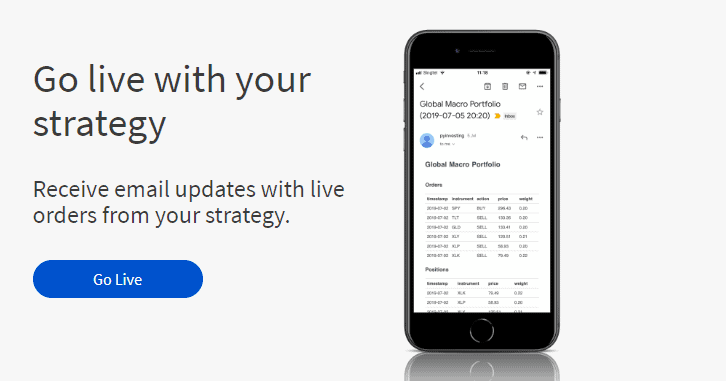 Start using the Supplementary Retirement Scheme (SRS) to secure your retirement
The Supplementary Retirement Scheme helps to address the financial needs of Singaporeans by reducing our taxes and encouraging us to invest our savings. While having the discipline to invest our savings is a good first step, having a great investment strategy is equally important because it determines how quickly our savings would grow. The investment strategy I discussed is an example of how you can use fundamental factors such as a low price to earnings ratio, high free cash flow yield, high profit margin, and high profit growth to achieve market beating returns on your portfolio.
Start using the Supplementary Retirement Scheme (SRS) to secure your retirement
The Supplementary Retirement Scheme helps to address the financial needs of Singaporeans by reducing our taxes and encouraging us to invest our savings. While having the discipline to invest our savings is a good first step, having a great investment strategy is equally important because it determines how quickly our savings would grow. The investment strategy I discussed is an example of how you can use fundamental factors such as a low price to earnings ratio, high free cash flow yield, high profit margin, and high profit growth to achieve market beating returns on your portfolio.
Appendix: How do I set up my SRS account? To set up your SRS account, log into DBS i-Banking, open an SRS account and transfer at least $1. The SRS account will show up a few days later with an account number on your accounts summary. Next go online to your brokerage account to link your SRS account to your brokerage account. After 3 business days, your brokerage account should have a new SRS settlement mode when you trade. You can then trade on the account using funds from your SRS account. There are many SRS approved instruments you can choose from such as stocks, bonds, REITs, ETFs, robo advisors and unit trusts.
About the author Ivan is the founder of PyInvesting.com and he is passionate about technology and finance. He has worked as a software developer at a hedge fund where he was responsible for building the fund's trading system.




